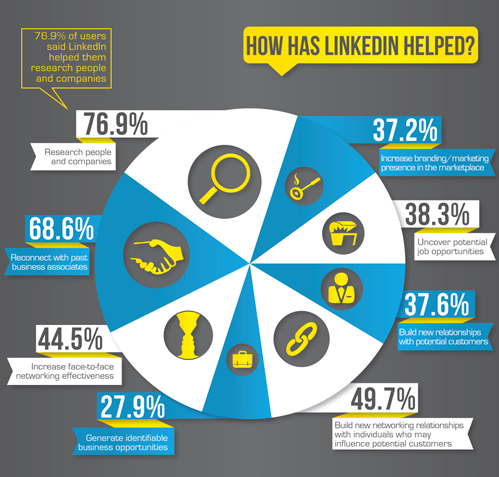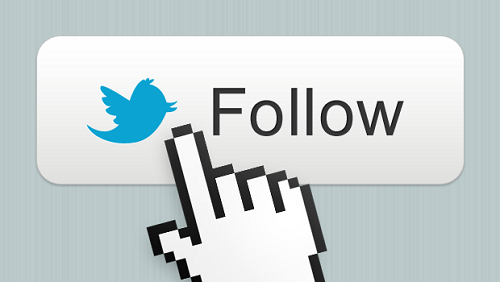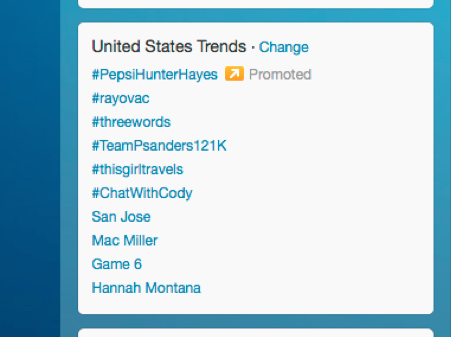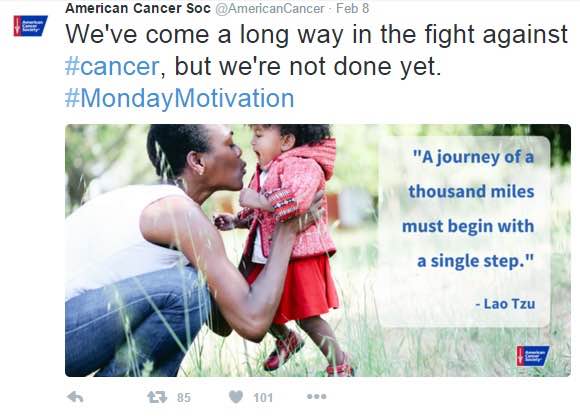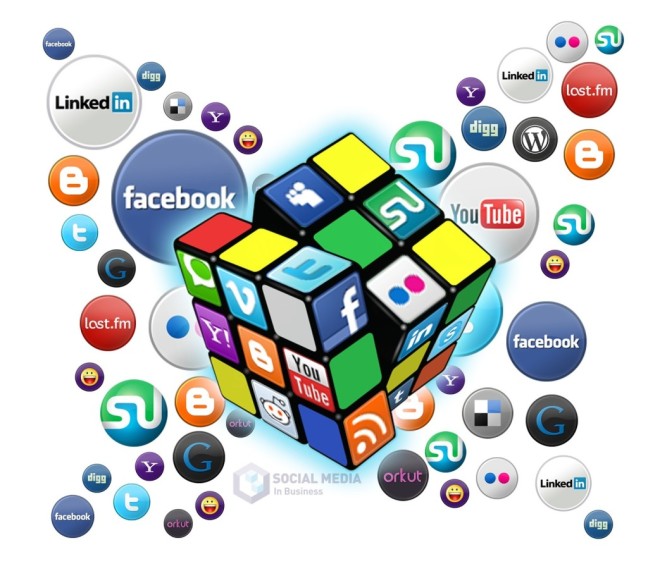That Thing your Teenage Daughter Uses
You know, that app she posts a pic of her duckface on? It’s that thing the hip, happening kids today use to slide into each others’ DM’s, and use quotes by poets they don’t know as captions for pictures of their smoothies. I bet you never thought we’d come to this. I get your hesitation; I, myself, was hesitant at first. Even I – the great and powerful Oz, whoops, er, Red Eye – thought: What in the world could a health organization use Instagram for?
Actually, more than what you’d think.
Instagram is a fast-growing social media channel for pictures and short videos, that is becoming more and more popular, not just among the youth of today, but health campaigns, organizations and businesses, too. It has 300 million active monthly users that share an average of 70 million photos per day. I don’t know about you, but I like those odds for a health organization’s visibility.
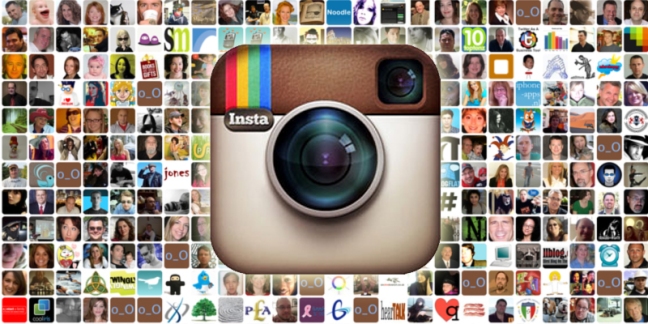
So, what does this mean for YOUR organization? With our smart phones glued at our hips, it is all but ideal that customers and organizations alike are using this visually-appealing outlet to connect with one another. Having an Instagram account as a tool for marketing your organization sets you apart from all the other social media tools we’ve looked at so far. It allows customers to have an inside look at your operation while continuing to build brand recognition and loyalty.
Sounds a lot more life-changing than Kim K trying to “break the internet,” huh? So just follow me (get it?) and you’ll find that Instagram is so much more than what meets the eye.
Before Hopping on the Bandwagon
And before you can start posting pictures left and right, there are some things you need to first understand. Take a look at this glossary of Instagram terms to help you get to know the lingo. As you’ll notice, a lot of the terms are just repeats of words we already know from Twitter.

With every variation of social media there comes a slew of strategies and formulas to help your organization use it to the best of its ability. Instagram is no exception. The strategies to a successful Instagram are just simply:
- Knowing what you want your Instagram to accomplish – Goals and objectives are still very crucial. With Instagram, you’re targeting a potentially different demographic than other social media. What is Instagram going to do for your organization that the others have not?
- Deciding on your target audience – Who do you want to reach out to? Who do you want to inspire with your photos? What demographic will benefit from your health organization the most? (Helpful Hint: Insta hipsters might not always fit the bill)
- Deciding what type of content will get people talking – What kinds of photos, videos, etc. will get that target audience we talked about earlier inspired and loving your organization?
Since Instagram is all about seeing instead of just reading, let me give you an example to give you a better idea of where to go from here.
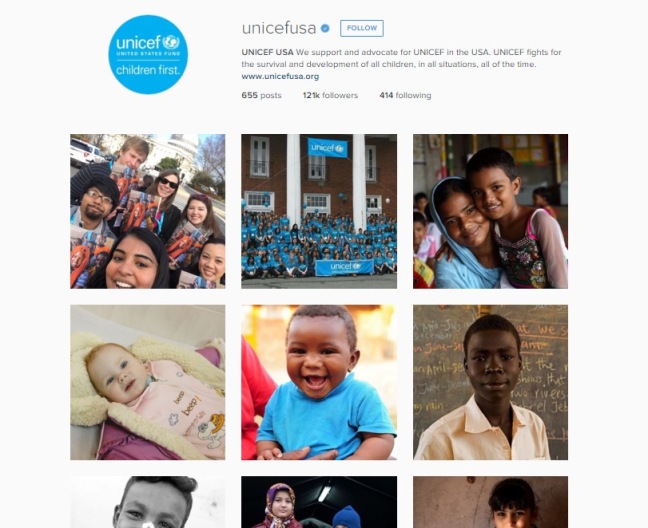
The non-profit UNICEF USA definitely learned those 3 strategies we just mentioned. Their pictures reflect that they have picked the audience they want to market their message to. (Who doesn’t like cute little kids?) They implement in their posts not only the goals of the organization as a whole – to raise awareness and support – but even more specific goals by showcasing individual children and their stories.
But, keep in mind, while UNICEF did a great job implementing these strategies they forgot the trick for non-profit’s instagramming.
Instagramming for your Non-Profit
What is this magical trick, you ask? Fundraising! That’s right, one of the most basic needs of your non-profit organization. You’d accept donations and praise donors on Facebook and Twitter – Instagram is no different!
When fundraising for your non-profit on Instagram, please take into account this [Primarily] Do’s & Don’ts List:
- DO: Use (but not overuse) hashtags to promote fundraising campaigns.
- DO: Use your main website as a donation center – and put that link in a picture!
- DO: Thank your donors!
- Need an example? Check out (RED) the non-profit dedicated to fighting AIDs and their Instagram. People love to be praised and they love it even more when they can see the progress!
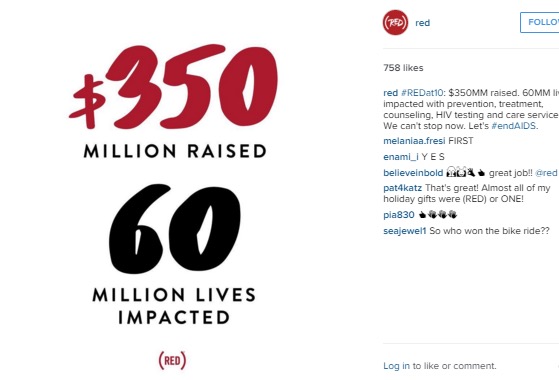
- DO: Promote fundraising events through your photos.
- DO: Offer incentives, like prizes for the best picture using your hashtag or special offers and discounts.
- DON’T: (I only gave you one so don’t freak out and rebel on me) Overwhelm your followers constantly asking for donations. There’s an art to fundraising; if you ask too often (or maybe even not enough) you won’t meet the fundraising objectives your organization has set for itself.
Speaking of Tips…
Want some helpful tips? Of course you do! Follow these guidelines and I’m sure you’ll have the hang of this Instagram thing in no time!
- Go behind the scenes
- People LOVE seeing how an organization runs, the in’s and out’s, and when it’s a health organization, that only adds to the trust and respect they have for you. Use your pictures to demonstrate what goes on behind the curtain.
- Need an example? The March of Dimes‘ Instagram does the typical promoting of their organization as expected, but they also showcase in their photos just who makes the organization run, who supports it, volunteers for it; putting faces to names and real people to a cause.
- People LOVE seeing how an organization runs, the in’s and out’s, and when it’s a health organization, that only adds to the trust and respect they have for you. Use your pictures to demonstrate what goes on behind the curtain.

- Balance business and fun
- When posting, yes, you need to keep in mind what you are there to do, (promote your blog, get donations, spread awareness, etc.) But also, mix a little fun into it! Add some humor, bright color, pictures of real people, fun promos and offers, even short videos. Instagram is supposed to be light and fun; why not go for it?
- Need an example? The Breast Cancer Research Foundation posts not only photos and information about the research they are doing, but also survival stories and even a picture of their unofficial mascot. (How cute is that??)
- When posting, yes, you need to keep in mind what you are there to do, (promote your blog, get donations, spread awareness, etc.) But also, mix a little fun into it! Add some humor, bright color, pictures of real people, fun promos and offers, even short videos. Instagram is supposed to be light and fun; why not go for it?
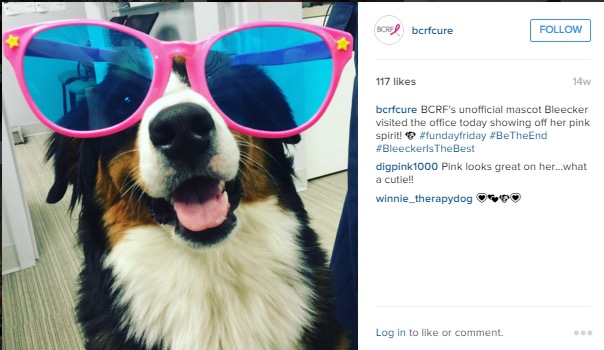
- Be real
- Instagram was created for people to interact with other people. No one wants to feel like they’re talking to a computer or an unidentifiable figure of a brand.
- Take interesting photos (in good quality)
- I cannot stress enough how important it is to skip the grainy or irrelevant pictures. Too often I see pictures posted health organizations’ social media pages that are just plain text on a pretty colored background, or worse, pixelated nonsense. Instagram is a visual sensation. Give your followers something pleasing to the eye.
- Need an example? The American Cancer Society – my favorite when it comes to social media, you’ve probably noticed – does a great job of this. Their photos are clear in quality and don’t just rely on text overlay – but use it in moderation – to get their varying points across. Just take a look at this beauties!

- Need an example? The American Cancer Society – my favorite when it comes to social media, you’ve probably noticed – does a great job of this. Their photos are clear in quality and don’t just rely on text overlay – but use it in moderation – to get their varying points across. Just take a look at this beauties!
- I cannot stress enough how important it is to skip the grainy or irrelevant pictures. Too often I see pictures posted health organizations’ social media pages that are just plain text on a pretty colored background, or worse, pixelated nonsense. Instagram is a visual sensation. Give your followers something pleasing to the eye.
- Engage your followers
- Double-tap their photos for a like, give them a follow-back, thank them in a comment for participating if they used a hashtag for your campaign. Those followers are bound to become potential clients if they feel like their opinions and support of your campaign are appreciated.
Now That You’re Insta-Famous
I’m super proud of you for making it through yet another social media blog. Hopefully, after this, you’re up to speed on all the great things Instagram has to offer.

Instagram has a way of bringing your health organization to life in ways other than tweets and shares. If you don’t take away anything else from this blog (*sad face*) just think of Instagram as Twitter for people that hate to read. And in this day in age, we are people who need to see things to believe them.
The way I see it, your health organization needs to use photos and videos to their advantage. Create meaningful content that excites and inspires people, cultivating a following on so much more than just a social media outlet.








